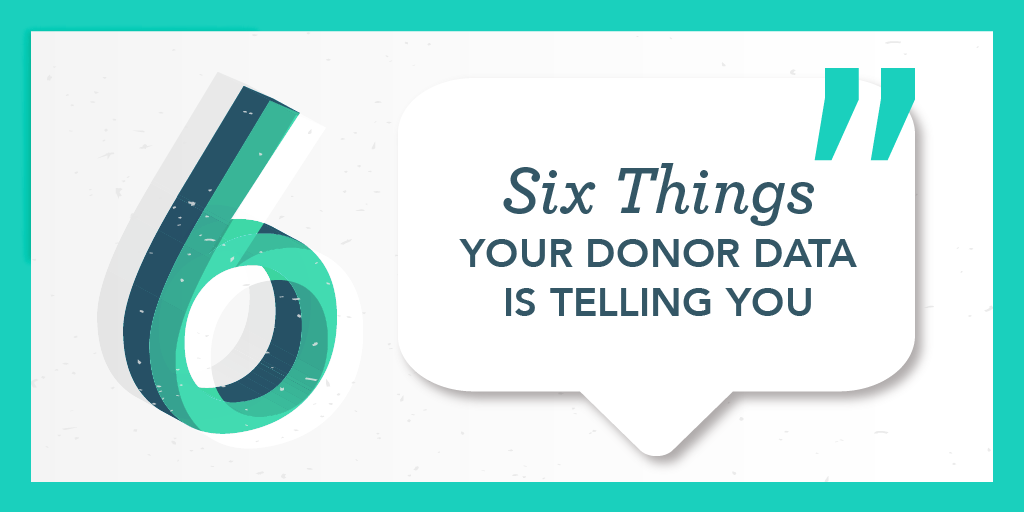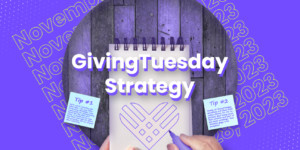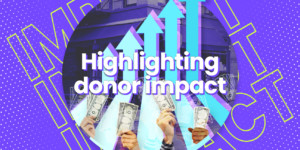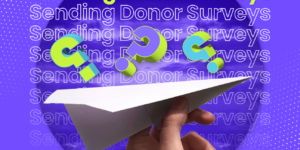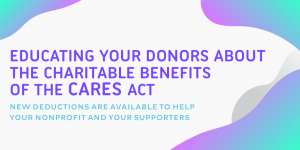If donations are the fuel that gets your nonprofit’s engine going, think of donor data as the oil that keeps it running smoothly. If you’ve ever pushed off getting a much-needed oil change in your car, you probably noticed that it wasn’t running so smoothly.
Your engine was trying to tell you that it needs maintenance! Likewise, your donor data might be trying to tell you how to improve your fundraising efforts, but you need to know what to listen for!
Digging through your donor data will help you learn more about current and prospective donors, so you can encourage them to give in ways that best fits both of your needs. Donor data can also help you make the most of your fundraising outreach and develop messages that inspire action and encourage giving.
1. Target for Upgrades
One of the easiest ways nonprofits raise more money is by maximizing the giving potential of each donor. However, some donors may be unwilling or unable to give more than they currently do. But combing through your donor data can help you determine who might be ready to give at a higher level.
Look out for donors who have shown consistent support for your organization over several years. Have they increased the sum of their donation over time? If not, give them a reason to. Reach out with a phone call or handwritten letter to thank them for their continued support. Then explain the progress you’ve made since they started giving. Let them know how much more they can help if they increase the size of their regular gift.
On the other hand, if a donor has taken the initiative to give more on their own, reach out to thank them and ask what inspired them to increase their gift. It may be something unique to the donor. Maybe they got a promotion at their job and simply they have the means. Or, it might just be that your recent appeal really spoke to them. Maybe a new program compelled them to increase their donation. Find out specifically what spoke to them and use it to inspire increased giving from the rest of your donor base.
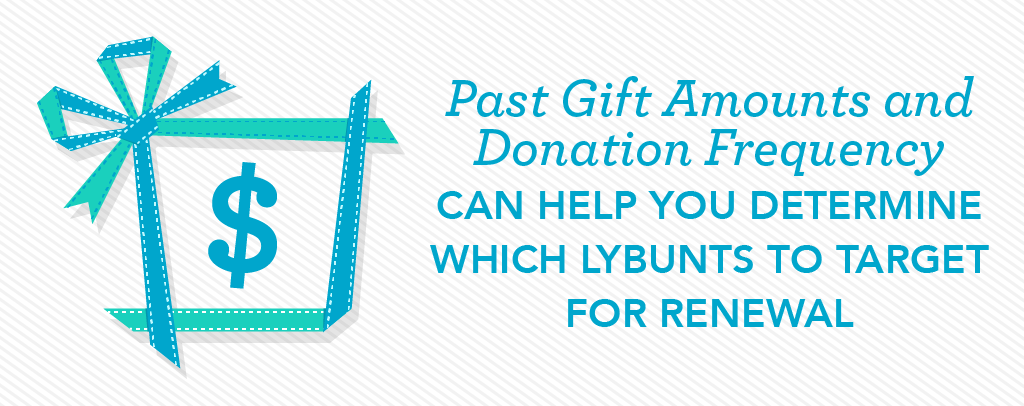
2. Reconnect with Lapsed Donors
Recovering lapsed donors and rebuilding relationships with LYBUNTs are other data-driven strategies nonprofits use to raise more money. However, the average donor retention rate for nonprofits is just 45 percent! This is an area where many nonprofits are missing out on revenue.
Your data is trying to tell you which LYBUNTs are most likely to renew their gift, but you need to know what to listen for. If someone gave to your organization just once a year ago, they might have just wanted to make a one-time gift. However, if a donor has given to your organization several times and stopped abruptly, you need to find out why. These are the LYBUNTs you want to target.
First, pull any relevant data you have about their past gift amounts, donation frequency, and what programs they supported. You will use this to create a more personal connection with your next communication. Next, determine the last several messages they have received. One of the major reasons donors stop giving is fatigue from receiving appeal after appeal. Reach out to your LYBUNTs with a friendly message updating them on what you accomplished with their last gift. Balance your communications between appeals and other messages and they might be more open to giving again the next time you ask.
3. Identify Donor Motivations
We know no two donors are the same. That’s why personalized communications are so powerful. And while the same message won’t stick with your entire donor base, you can break donors down into segments with similar motivations and goals, then reach them with more relevant messages.
However, there are some things you won’t know if you don’t ask. Sure, you can get a feel for what message resonated with specific donors based on the appeals they respond to. But there are several other factors in play that can influence giving.
For a more accurate picture, consider sending a donor preference email survey to your entire donor base. Their answers can paint a better picture of what inspires giving. For example, ask donors which of your initiatives are most appealing to them. You can then send them communications that focus on that program! You can also ask what mediums they prefer to be communicated through, so you can reach out in the way that is most comfortable for them.
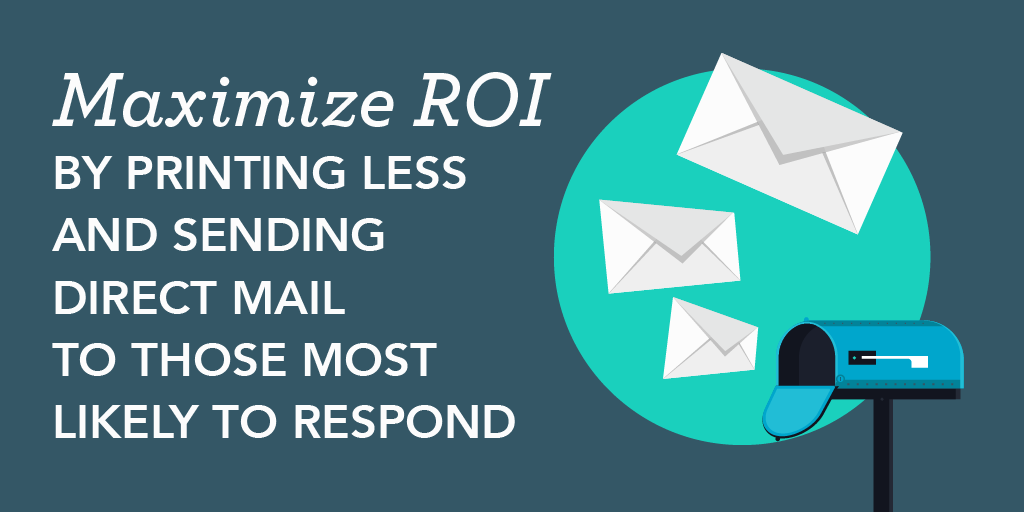
4. Refine Communication Methods
Use what you learn from a donor survey and your analytics from previous appeals to gauge the best way to reach each donor. Did you recently send out a print appeal and were underwhelmed by the response? Some of your donors may be more likely to respond though another medium.
We’re not saying to abandon your direct mail strategy. However, you can improve your ROI by sending direct mail only to those donors who are more likely to respond. You can reach the rest through other methods.
In today’s digital world, many people are more connected to their smartphone than they are to their mailbox. If someone pays all their bills online, they might not even check their mail regularly unless they are expecting something in particular. (I’m sometimes guilty of this!) However, those same people are much more likely to check their email, texts, and social media several times a day. You’ll have more success reaching them through these methods than by adding to the pile of mail they check every other week.
5. Identify Candidates for Monthly Giving
Monthly giving programs are one of the latest trends in fundraising. If your organization has yet to enroll donors in a monthly giving initiative, you may be at a loss where to start. Look at your data and find out which donors already contribute more than once a year. These are prime candidates for your new program.
Reach out to these donors with an appeal promoting recurring gifts. Thank donors for their specific gifts, then outline the benefits of joining your monthly giving program. For example, instead of making three gifts of $100 a year, encourage a donor to give $50 per month. Explain how the process is automated, so they can easily continue their support without missing a gift.
Monthly giving programs can help you raise more from each donor. If the donor from the example we just used enrolls, you’ve doubled the amount they give in a year!
6. Practice Data Hygiene
If you start to dig through your data, but find that learning from it is tougher than expected, you might be suffering from poor data hygiene. You’re not alone. Many nonprofits have this problem and it can really hold back your fundraising.
Would you struggle to answer these questions?
- In what ways do we collect data?
- How valuable is the data we’ve collected?
- Where are we storing the data?
- What do we do with the data?
- Do we have a process for deleting old and unnecessary data?
- Who owns, controls, and has access to the data?
If you answered yes, it’s time to clean up and organize your data base. Unlike a financial audit, a data audit requires you to examine key metrics, rather than quantity, to evaluate the value of your data assets. If your database is in disarray, this may seem like a daunting task, but it will be worth it. Good data is essential for building relationships with donors through more powerful communications.
Even the most organized nonprofits will have some work to do to maintain their donor data. For example, you need to continuously check to make sure information like a donor’s home address, email address and phone number up to date. It will be impossible to reach them if its not!
Dollars from Data
Data is one of the most powerful tools nonprofits have at their disposal. Without it, all other aspects of your fundraising efforts will fall short of their potential. Analyzing your data can help you determine which audience segments can be targeted for increased giving and how to adjust your communications to make a bigger impact.
Your data is trying to tell you how to take your organization’s fundraising to the next level. Are you listening?

